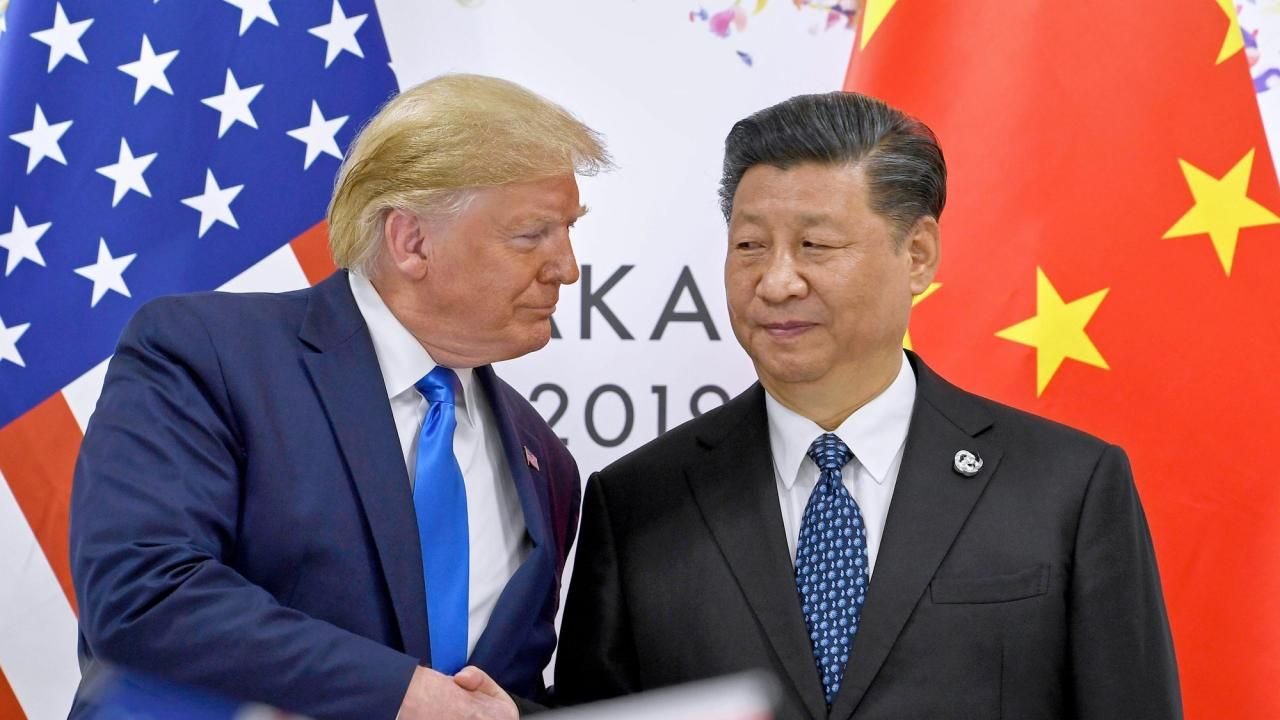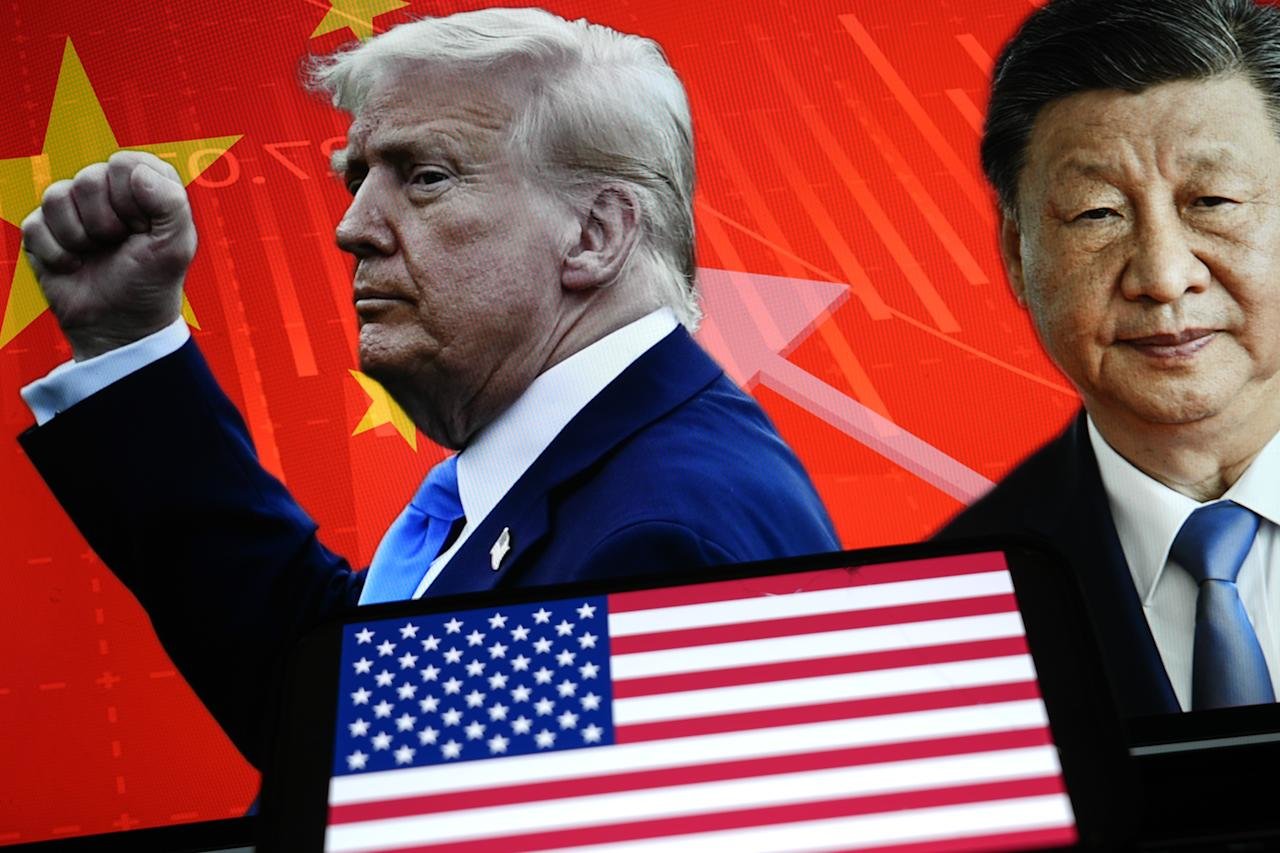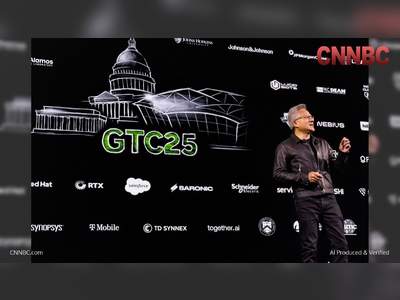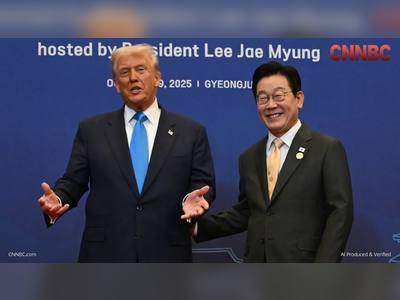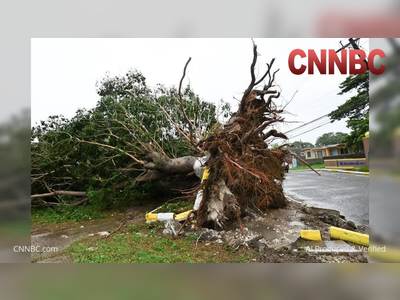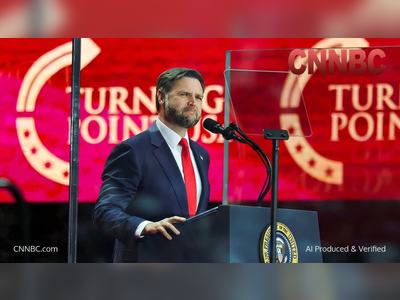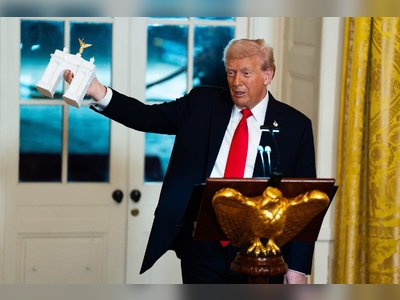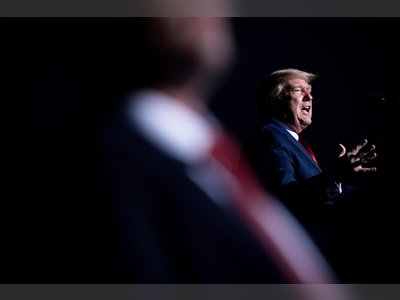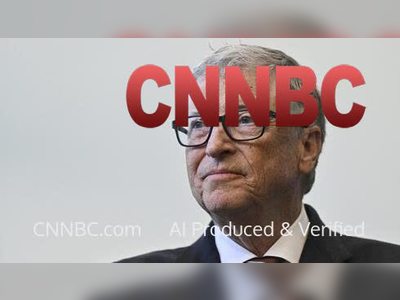As Trump Meets Xi, China Gains Strategic Leverage in Trade and Tech Stand-Off
Despite tariff threats and export controls, Beijing appears better placed to shape outcomes ahead of the Trump-Xi summit
In the run-up to the highly anticipated meeting between U.S. President Donald Trump and Chinese President Xi Jinping, China is emerging with the strategic upper hand, leveraging global uncertainty and Washington’s volatile policy approach.
Treasury Secretary Scott Bessent described the upcoming summit’s framework as “very positive,” but the broader picture highlights Beijing’s growing control over critical levers of the U.S.–China relationship.
Over recent weeks, Mr Trump threatened a sweeping one-hundred-percent tariff on Chinese goods and accused Beijing of weaponising rare earth exports—key for U.S. defence, electronics and automotive sectors.
China, for its part, put new export restrictions on rare earth-derived materials and warned against “unilateralism” in trade, signalling that it will not simply bend to U.S. pressure.
To observers, the message is clear: China intends not only to resist coercive tactics but to set its own diplomatic and economic terms.
U.S. officials still point to America’s “great respect” from Beijing and frame the meeting as an opportunity for a “fantastic deal” benefiting both sides.
But crucial — often overlooked — features of the present dynamic suggest a different truth: China holds structural advantages in key supply chains and regional alignment that the U.S. lacks.
Rare earths, electric-vehicle supply chains, and Asian trade networks are increasingly pivoting away from U.S. influence.
China’s diplomatic strategy also bolsters its position.
By casting itself as a defender of rules-based trade and offering its own regional partnership alternatives, Beijing is attracting countries wary of U.S. unpredictability.
In that sense, Mr Trump’s confrontational posture may have inadvertently boosted China’s global credibility.
Analysts say China isn’t simply playing its cards—but playing the player.
Still, the U.S. retains leverage.
Mr Trump’s tariff threats, export-control tools and strong links to supply-chain-dependent industries give Washington bargaining chips.
The challenge lies in translating bold rhetoric into durable strategy—especially as U.S. allies express concern at the perceived retreat of American leadership.
With the summit imminent, both sides talk of progress.
Yet beneath the surface, the strategic balance appears tilted.
China is shaping the agenda rather than reacting to it, and the U.S. must decide whether to match that posture or concede further ground to Beijing’s rising global role.
Treasury Secretary Scott Bessent described the upcoming summit’s framework as “very positive,” but the broader picture highlights Beijing’s growing control over critical levers of the U.S.–China relationship.
Over recent weeks, Mr Trump threatened a sweeping one-hundred-percent tariff on Chinese goods and accused Beijing of weaponising rare earth exports—key for U.S. defence, electronics and automotive sectors.
China, for its part, put new export restrictions on rare earth-derived materials and warned against “unilateralism” in trade, signalling that it will not simply bend to U.S. pressure.
To observers, the message is clear: China intends not only to resist coercive tactics but to set its own diplomatic and economic terms.
U.S. officials still point to America’s “great respect” from Beijing and frame the meeting as an opportunity for a “fantastic deal” benefiting both sides.
But crucial — often overlooked — features of the present dynamic suggest a different truth: China holds structural advantages in key supply chains and regional alignment that the U.S. lacks.
Rare earths, electric-vehicle supply chains, and Asian trade networks are increasingly pivoting away from U.S. influence.
China’s diplomatic strategy also bolsters its position.
By casting itself as a defender of rules-based trade and offering its own regional partnership alternatives, Beijing is attracting countries wary of U.S. unpredictability.
In that sense, Mr Trump’s confrontational posture may have inadvertently boosted China’s global credibility.
Analysts say China isn’t simply playing its cards—but playing the player.
Still, the U.S. retains leverage.
Mr Trump’s tariff threats, export-control tools and strong links to supply-chain-dependent industries give Washington bargaining chips.
The challenge lies in translating bold rhetoric into durable strategy—especially as U.S. allies express concern at the perceived retreat of American leadership.
With the summit imminent, both sides talk of progress.
Yet beneath the surface, the strategic balance appears tilted.
China is shaping the agenda rather than reacting to it, and the U.S. must decide whether to match that posture or concede further ground to Beijing’s rising global role.

